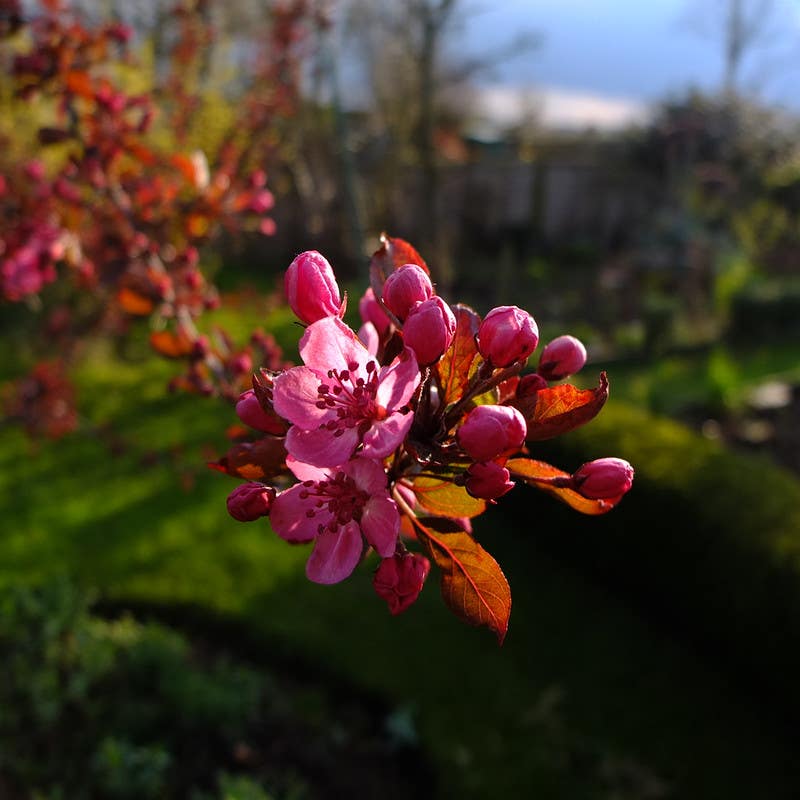Growing Elephant Ears or Angel Wings As a Houseplant
What’s the key to success with growing caladium as a houseplant? Answer: Caladiums, commonly known as elephant ears or angel wings, are spectacular foliage plants with large heart-shaped leaves that…
What’s the key to success with growing caladium as a houseplant?
Answer: Caladiums, commonly known as elephant ears or angel wings, are spectacular foliage plants with large heart-shaped leaves that come in a lavish array of patterns and colors—often a mixture of reds, pinks, greens and whites.
These enticing plants can be showcased as houseplants, sure to be admired for their eye-catching, striking foliage. However, proper maintenance is a must! These eccentric plants, which grow from tubers, need lots of humidity, warmth, light and water to thrive.
Here are a few key factors for successfully growing caladium as a houseplant:
• Soil: If you decide to grow your caladium from a tuber instead of purchasing an already established plant, make sure to plant the tuber in a rich, well-draining potting mix. You should select a pot that is at least 6 inches deep, with drainage holes. Cover with an inch of potting mix. (Ideal container sizes will vary depending on the tuber size—the larger the tuber, the larger the pot). In general, it is recommended to fertilize your caladiums every one to two weeks with a liquid fertilizer. (Feeding schedules may vary depending on specific variety.)
• Lighting/temperature: Caladiums thrive in lots of bright, indirect sunlight. Remember that direct light can scorch their leaves. One trick is to adjust the lighting based on the thickness of the leaves—thinner leaves require less light. Elephant ears love warmth. An ideal location would be where temperatures are constantly around 70˚F. Make sure the temperature does not drop below 60˚F.
• Water needs: Keep your elephant ears constantly and consistently moist throughout the growing season—spring through fall. Do not let their soil dry out. However it is essential to make sure to not waterlog your plants or allow the soil to become too soggy. Angel wings also need humidity in order to flourish. You should either mist your plants daily or use a humidifier to help your caladiums obtain proper humidity. Unlike most foliage houseplants, caladiums have a dormant period that usually begins between September and November, lasting until early spring. Once your plants start to die back, water less often until all the leaves wither away.
• Storage: Once all the leaves have withered away and you have cut their remains off, it is time to store your tubers for the dormant period. You can either remove the tubers from the pot, cleaning off the soil and loosely placing in peat moss or vermiculite, or you can leave the tubers in the pot to store until spring. Either way, make sure to keep them in a dry location with temperatures that remain between 55 and 60˚F. In early spring, repot them in fresh, rich potting mix, water them and move them to a bright, warm location to wake up.
Image: Kenpei
----------------------------------------------
The Smart Gardening Techniques: Gardening with Bulbs & Tubers is an easy-to-follow download filled with useful techniques for making the most of your bulbs and tubers.
With the Growing an Indoor Garden Value Pack you will become inspired to create a spectacular indoor garden.
Discover the science behind 100 of the most universal gardening recommendations with Decoding Gardening Advice.
The Unexpected Houseplant is filled with more than 200 brilliant plant choices perfect for any spot in your home.
Download the Smart Gardening Series: Foliage Plants for dozens of stunning foliage plant options that are sure to enhance your garden.







